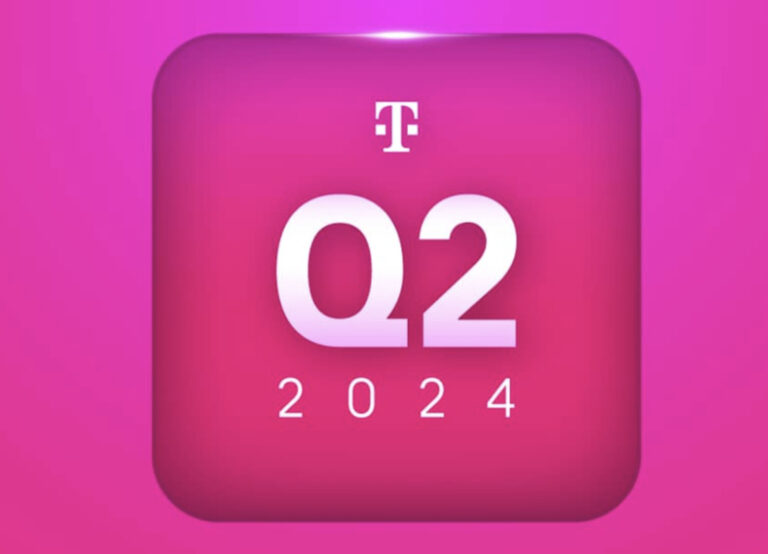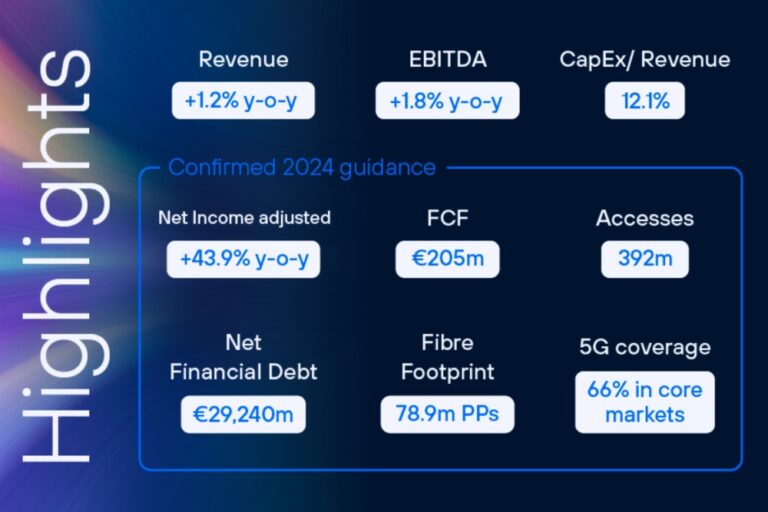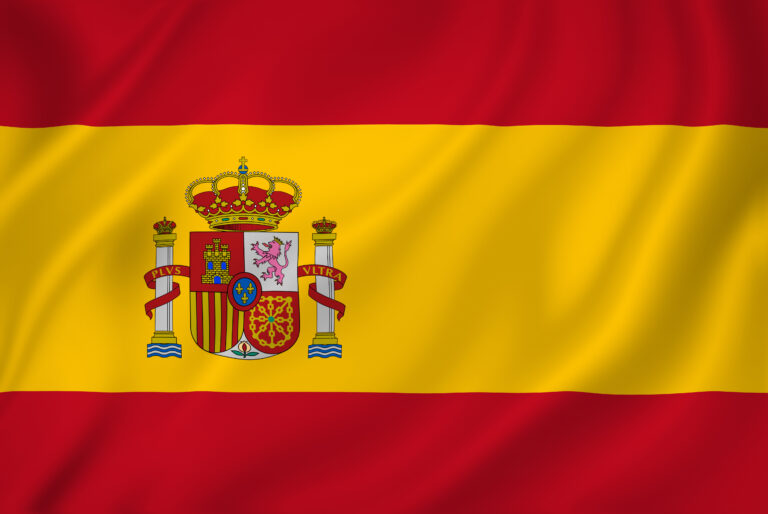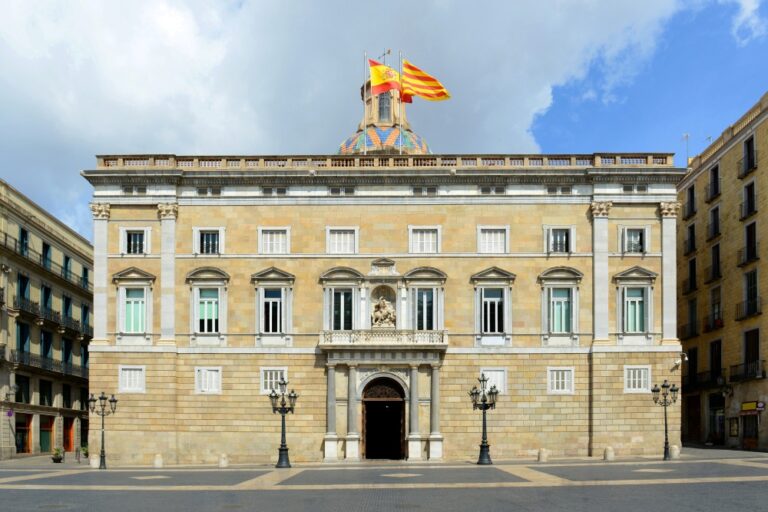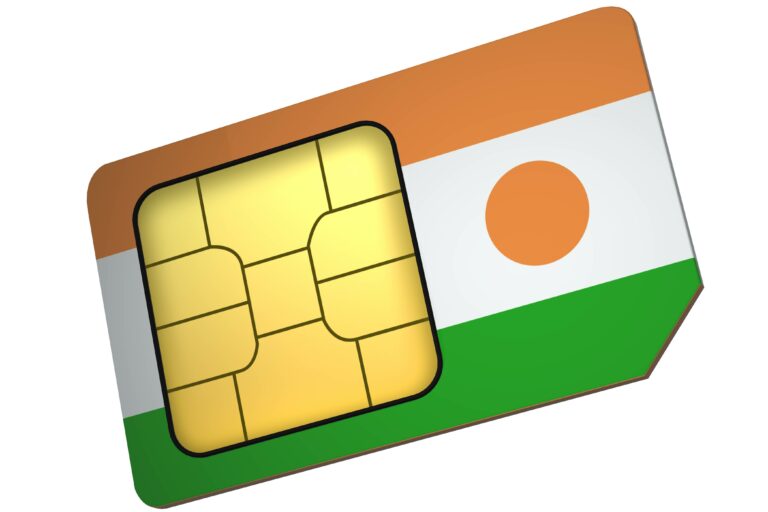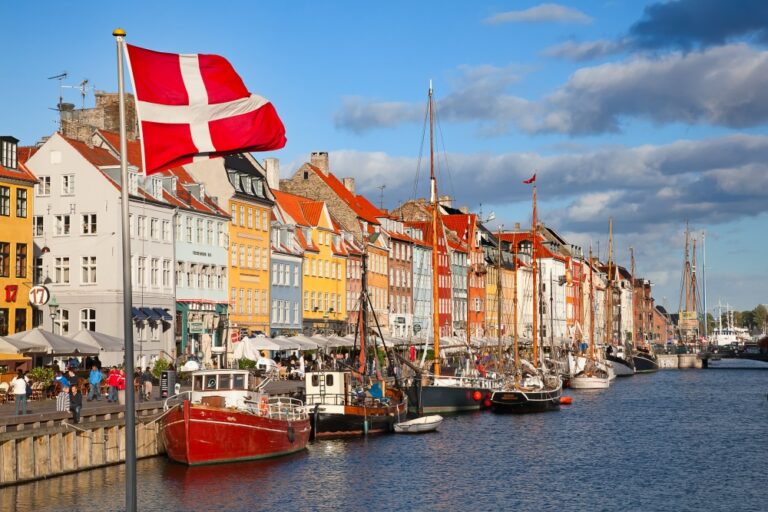This is on revenues up by 1.2% to €10.255bn in Q2 pushing H1 revenues to €20.395bn and the operator is on target to meet financial guidance
Telefónica has released its earnings for the first half of 2024 for which it recorded a net income of €979 million, an increase of 28.9% compared to the same period last year. The operator says it continued to accelerate revenue growth, profitability, and sustainability in line with the three pillars of its Growth, Profitability and Sustainability (GPS) strategic plan announced last November. The company confirms the financial targets set for the full year.
Telefónica reported solid revenue growth in the first half of the year, which accelerated in the second quarter. Between April and June, revenue increased by 1.2% to €10,255 million, driven by service revenues, which rose by 2.2%. For the half year, revenues grew by 1.1% to €20,395 million.
Source of revenues
Also in line with the first quarter, between April and June 61% of revenues came from the residential market (B2C), 22% from the business segment (B2B) and the remaining 18% from the wholesale business, partners and other revenues.
Operating income before depreciation and amortization (EBITDA) in the second quarter increased in all geographic areas to €3,219 million (+1.8%). In the first six months of the year, it grew by 1.9% to a total of €6,424 million.
CapEx amounted to €2.299 billion in the first half, 3.9% less than in the same period of 2023, after falling 8.9% to €1.243 billion in the second quarter. These figures put the ratio of investment to revenues at 11.3%, consistent with the objective of ending the year below 13% and show that Telefónica continues to roll out its network and “defend the leadership of its infrastructures through controlled investment”.
In line with more efficient growth and greater profitability, operating cash flow (EBITDaL-Capex) rose 3.1% in the first half to €2.748 billion, after accelerating 11.5% in the second quarter.
Free cash flow amounted to €205 million in the second quarter. Excluding extraordinary items, it would have reached €484 million, a progression compared to the first quarter that will continue in the second half of the year to meet the announced target of growth of more than 10% by 2024.
Active management of tech cycles
The operator says the degree of virtualisation in its infrastructure has enabled it to accelerate the development of fibre and 5G technology, as well as the switch-off of retail copper service in Spain. The company “maintained its position as the global leader in fibre”, with 177 million ultrafast broadband premises passed, up 4%, of which a total of 78.9 million were FTTH (+13%), including 23 million UUII from the Group’s various fibre vehicles. In the second quarter alone, the number of FTTH premises increased by 2.3 million, 51% of which were deployed by Telefónica’s fibre vehicles.
No rain in Spain
Telefónica Spain has also just signed a non-binding fibre JV with Vodafone Spain. The two are looking for an investment partner and expect Telefonica to be the major stakeholder.
With a strong performance in the Spanish market, Telefonica looks to be in a strong position to withstand the reshaped market, which includes Zegona Communications acquiring Vodafone Spain and MasMovil and Orange merging.
The favorable performance in the first half of the year and the acceleration in the second quarter were specially reflected at Telefónica España. In the second quarter accesses grew in all the main segments: fixed broadband, mobile contract, television and convergent accesses.
As a result, quarterly revenues rose 1% to €3,127 million and EBITDA increased 0.6% to €1,114 million. For the first half, revenues were up 1% to €6,245 million and EBITDA rose 0.4% to €2,231 million.
5G coverage
In 5G, Spain maintains 89% population coverage, Germany 96%, Brazil 50% and 65% in the UK. Moreover, 5G Standalone has been launched commercially launched in those four major markets and is already generating revenues from network slicing.
José María Álvarez-Pallete, Chairman of Telefónica, said, “Revenues are growing, EBITDA is up and the customer base is larger and more satisfied with the service we provide. Telefónica is a more profitable and sustainable company, meeting the pillars of its GPS strategic plan, confirming all its financial targets for 2024 and reaffirming its attractive shareholder remuneration.”
More details here



